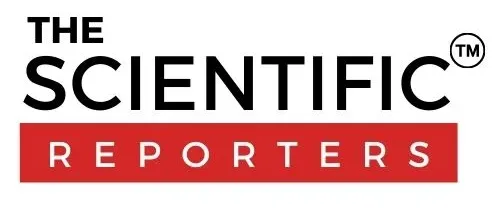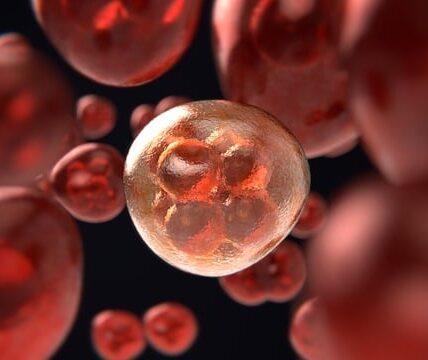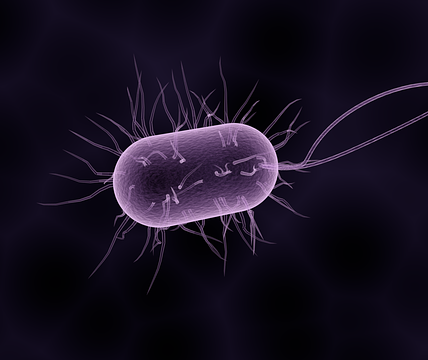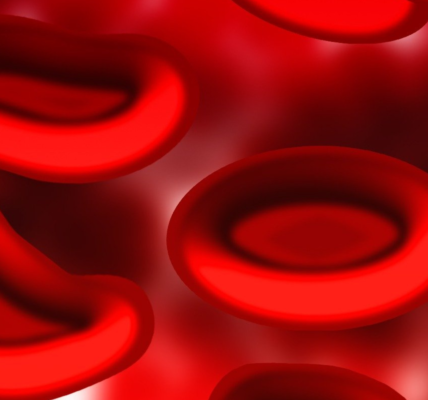A 53-year-old man who was diagnosed with the deadly virus HIV in 2008 is now recovering from the virus with the help of stem cell transplant therapy as reported in the journal Nature Medicine. “The Düsseldorf patient,” is reportedly the 3rd patient to be declared as free from the infection of HIV by replacing his own bone marrow cells with the HIV resistant stem cell containing bone marrow from a donor.
Antiretroviral Therapy (ART) is used to treat people who are infected with Human Immunodeficiency Virus (HIV). It is basically a combination of anti-HIV drugs that stops the replication of the virus. This treatment reduces the amount of virus in the patient’s body and helps to stay healthy. According to the Pan American Health Organization (PAHO), it reduces mortality and morbidity rates among HIV- infected patients and improves their quality of life.
For many years now, ART has been given to patients suffering from HIV with the intention of reducing the number of viruses in the body. This therapy not only helps in lowering the viral count but also to some extent it prevents the transmission of the virus from one to another body. Though the viral
amount has decreased but the immune system still keeps the virus in its bloodstream and if the patients stop taking therapy, the virus will again start replication and spreading throughout the body. Nevertheless, in the case of “The Düsseldorf patient”, he stopped taking therapy for around 4 years and remains HIV free since then.
The Dusseldorf patient’s HIV case
Though scientist has claimed that ART helps people suffering from HIV to live longer but it will not be able to cure them fully. HIV mostly infects the CD4 cells of the immune system which is known to fight back against any kind of infection. But due to the heavy attack of HIV, CD4 cells reduce their ability to fight back against the virus. So to activate the immune response, this therapy holds back the HIV from making multiple copies of it, and due to this the immune system gets enough chance to make a large number of CD4 cells to fight back the infection.
The German patient who was already suffering from HIV infection, later on in 2011 he was again diagnosed with Myeloid Leukemia, a form of blood cancer. In 2013 he had undergone a stem cell transplant from a donor to treat leukemia. However, the donor was selected based on a genetic mutation they had that makes them resistant to HIV. The main aim was to treat blood cancer but at the same time give a patient a genetic based resistance to HIV.
The two copies of the rare genetic mutation known as CCR5-delta32 were introduced into the patient’s body by transplant therapy. This rare genetic mutation is mostly found in Northern and Central Europe which basically lacks the docking site for HIV in immune cells, which ultimately protects against the virus. By following proper planning, and constant and close monitoring, the therapy ensured that any residual HIV was kept under control up to that point has been completely vanished from the bloodstream. After that multiple virological and immunological tests were performed on the patient for the reconfirmation of the results.
Dr. Bjorn Jensen of the Heinrich Heine University Dusseldorf further added, “Following our intensive research, we can now confirm that it is fundamentally possible to prevent the replication of HIV on a sustainable basis by combining two key methods”.






















